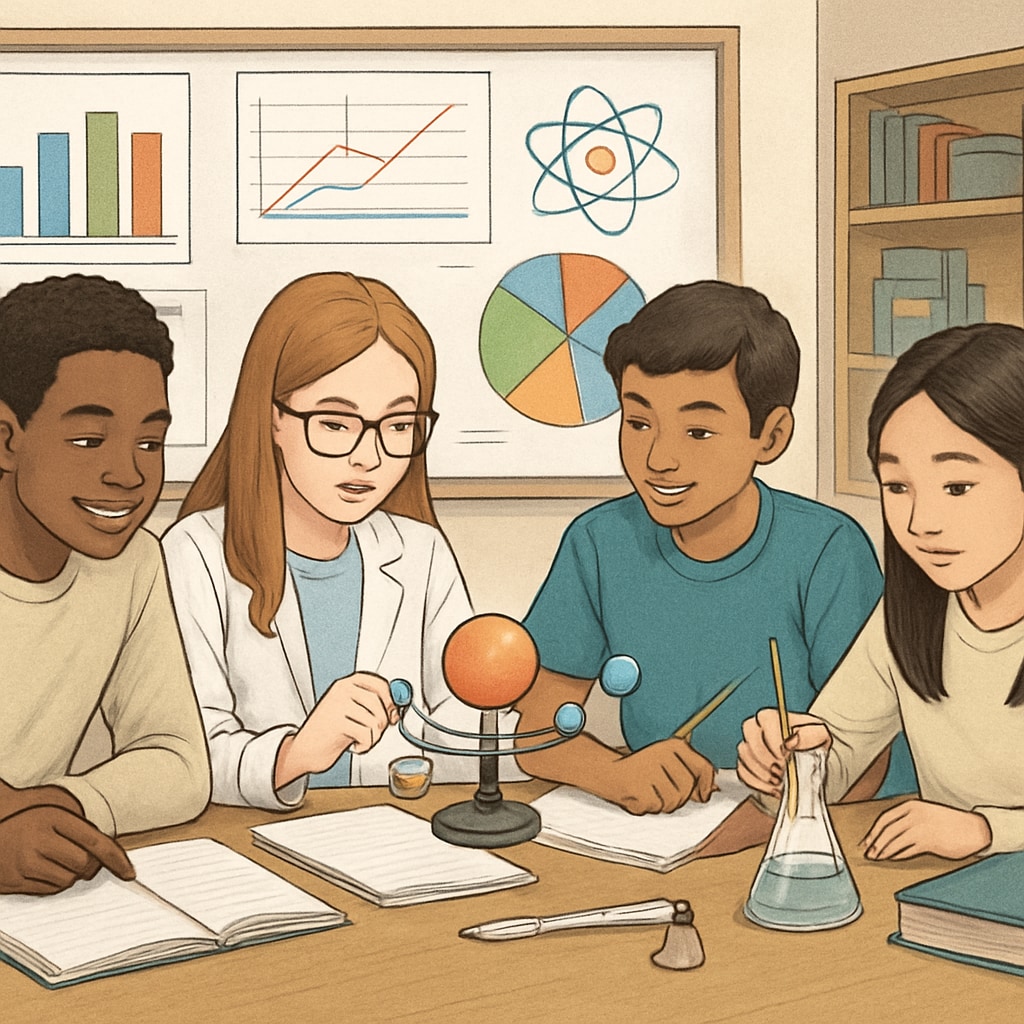Teaching science in classrooms with a high percentage of English Language Learners (ELLs) presents unique challenges and opportunities. By employing strategies such as differentiated instruction and effective language assessments, educators can create inclusive environments that promote both academic achievement and personal growth. In this article, we will explore actionable methods for breaking language barriers in science education while honoring students’ diverse cultural backgrounds.
Strategies for Language Assessments in Science Classrooms
Language proficiency varies significantly among English Language Learners, making assessments a vital starting point for effective teaching. Language assessments not only identify students’ strengths and weaknesses but also guide the creation of personalized learning paths. Teachers can use both formative assessments, such as classroom observations, and summative assessments, like standardized tests, to evaluate language skills.
- Formative Assessments: Observing students’ participation in group discussions or hands-on experiments can reveal their ability to understand scientific terminology and concepts.
- Summative Assessments: Standardized tests can provide insights into broader language proficiency levels, enabling targeted interventions.
- Continual Monitoring: Regular feedback and progress checks ensure that language development aligns with academic goals.

Implementing Differentiated Instruction for ELLs
Differentiated instruction (tailored teaching approaches to meet diverse student needs) is essential in science classrooms with high percentages of ELLs. By adapting materials, activities, and assessments, educators can ensure that all students grasp key concepts regardless of their language proficiency.
- Visual Aids: Diagrams, charts, and videos can simplify complex scientific ideas for students who struggle with written or spoken explanations.
- Collaborative Learning: Pairing ELL students with peers who have stronger English skills fosters mutual learning and builds confidence.
- Multi-Language Resources: Offering science materials in students’ native languages can bridge gaps while they develop English proficiency.

Promoting Multicultural Perspectives in Science Education
In addition to addressing language barriers, science educators must respect and incorporate students’ cultural backgrounds into their teaching. Multicultural perspectives enrich the learning experience and provide ELL students with a sense of belonging.
- Real-World Examples: Relating scientific concepts to culturally relevant examples makes lessons more relatable and engaging.
- Celebrating Diversity: Highlighting contributions from scientists of various ethnicities inspires ELL students and emphasizes the global nature of science.
- Open Dialogue: Encouraging students to share cultural perspectives during discussions fosters mutual understanding among classmates.
By incorporating these strategies, educators can create science classrooms that are as inclusive as they are effective. For example, using culturally relevant examples such as studying renewable energy practices from different countries can make lessons both engaging and meaningful.
Learn more about ELLs on Wikipedia and explore science education on Britannica for additional insights.
As a result, combining language assessments, differentiated instruction, and multicultural approaches allows educators to break down barriers and empower ELL students to succeed in science education.


